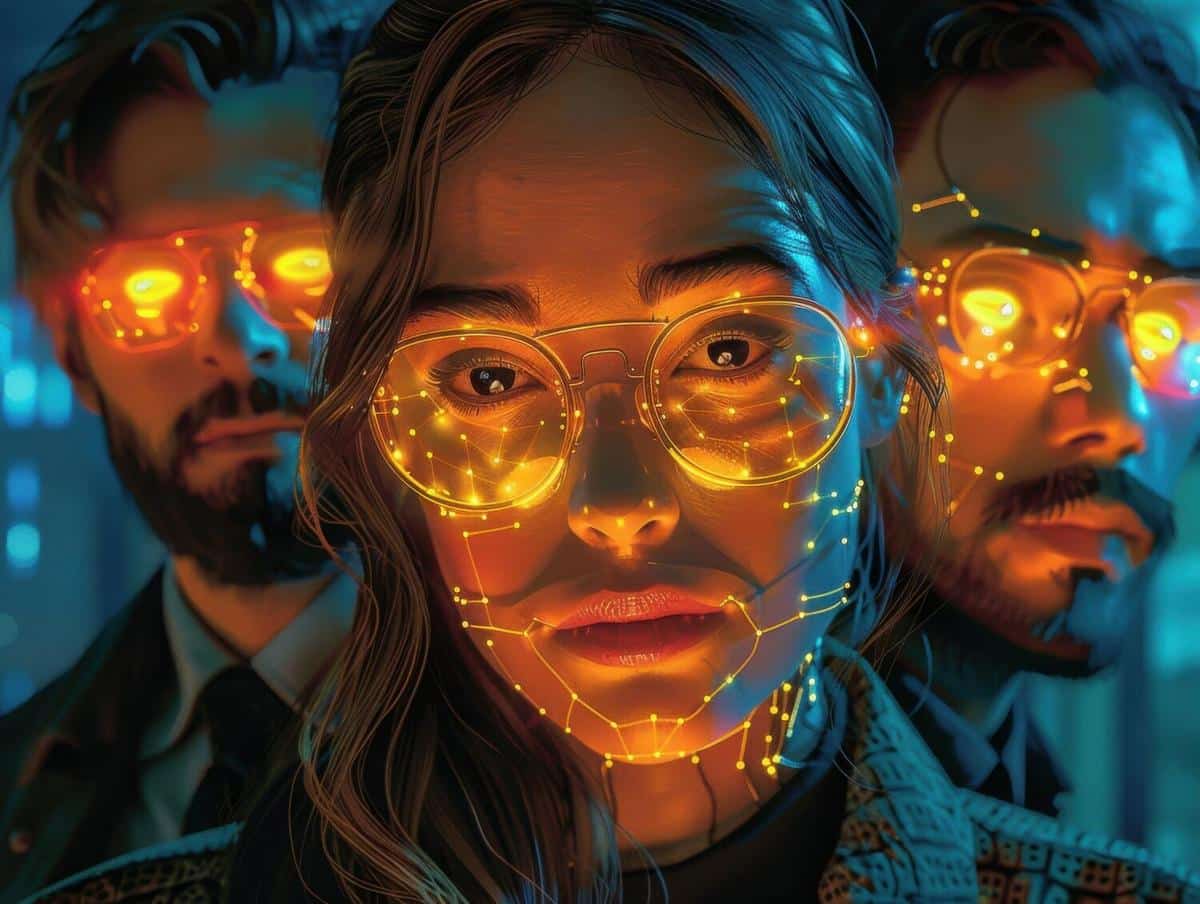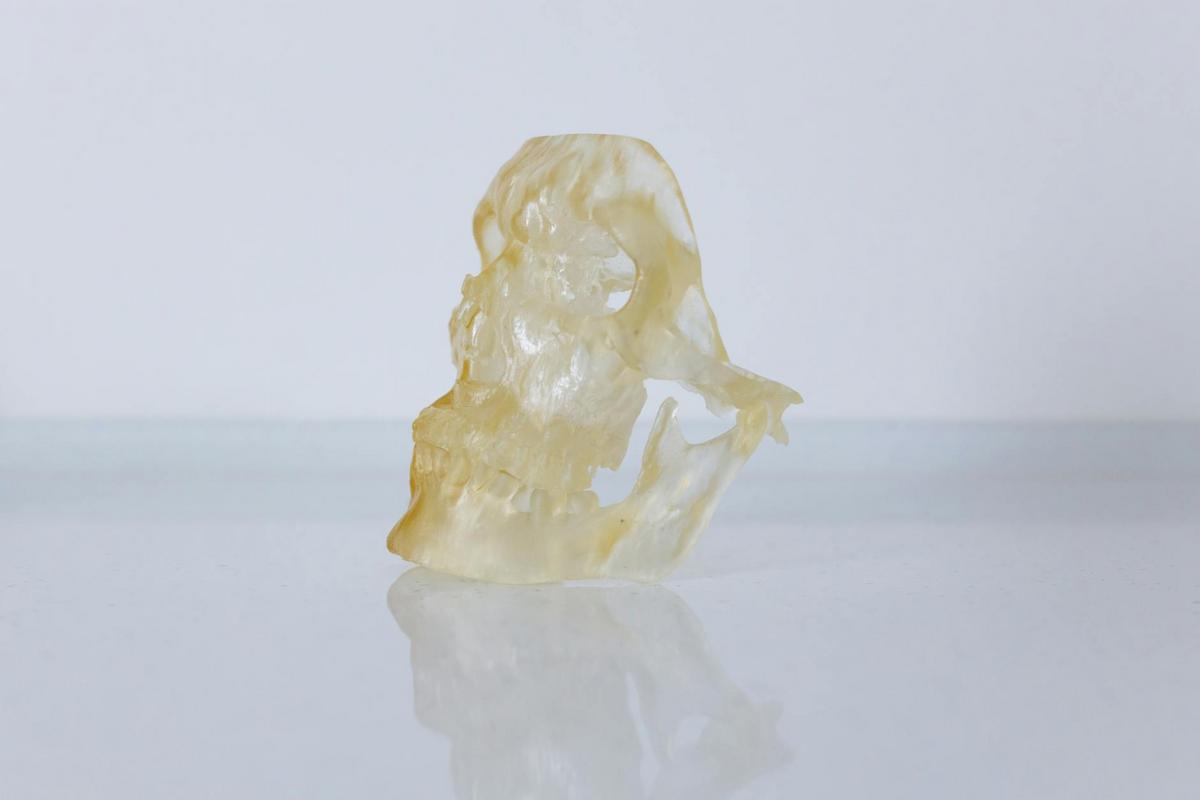
Mapping Cultural Heritage with Drones
Unmanned aerial vehicles, commonly known as drones, are revolutionizing the way we map and preserve cultural heritage sites. By offering a bird’s eye view and unprecedented access to hard-to-reach areas, drones are becoming invaluable tools in the field of heritage preservation.
Mapping cultural heritage with drones combines technology with history, providing detailed visual data that enhances our understanding and protection of historical sites. According to Dr. Christopher Jones, a leading archaeologist, ‘Drones offer a non-invasive method to survey large areas quickly, preserving the integrity of the site while gathering crucial data.’
The Role of Drones in Heritage Mapping
Drones are equipped with high-resolution cameras and advanced sensors, which capture detailed images and 3D models of heritage sites. This technology allows experts to monitor changes over time, identify areas at risk, and plan conservation efforts effectively. A study by the Archaeological Institute of America highlights that drone mapping has improved site documentation by 40% compared to traditional methods.
Case Study: Preserving Ancient Ruins
In a recent project, drones were used to map an ancient ruin in the Mediterranean. The aerial footage provided insights into previously inaccessible sections of the site, revealing new pathways and structures. This information not only enriched historical knowledge but also guided restoration efforts, ensuring the preservation of the site for future generations.
Benefits of Drone Mapping
- Cost-effective compared to satellite imagery
- Faster data collection over large areas
- Non-invasive, preserving site integrity
- Ability to access hard-to-reach areas
For effective drone mapping, ensure your drone is equipped with a high-resolution camera and the latest mapping software to capture the most detailed data.
Comparative Analysis: Drone Mapping vs. Traditional Methods
| Aspect | Drone Mapping | Traditional Methods |
|---|---|---|
| Cost | Lower | Higher |
| Time Efficiency | High | Moderate |
| Data Accuracy | High | Varies |
| Accessibility | High | Limited |
| Environmental Impact | Low | Moderate |
| Data Analysis | Advanced | Basic |
| Site Preservation | Non-invasive | Potentially invasive |
| Versatility | High | Limited |
How to Get Started with Drone Mapping
To embark on drone mapping for cultural heritage, start by selecting the right drone and camera equipment. Training in drone operation and mapping software is crucial. Additionally, collaborating with experts in archaeology and conservation can provide guidance and enhance the mapping process.
FAQs
How do drones help in cultural heritage preservation?
Drones help by capturing detailed images and 3D models of sites, allowing for better monitoring and planning of conservation efforts.
What are the legal considerations for using drones?
Ensure compliance with local regulations regarding drone usage, including flight permissions and privacy concerns.
Conclusion
Mapping cultural heritage with drones is transforming the way we preserve our past. By providing detailed and accessible data, drones play a crucial role in safeguarding historical sites. As technology advances, the potential for drones in heritage mapping will continue to expand, offering exciting possibilities for exploration and conservation.
For further reading on this topic, explore resources from the Getty Conservation Institute and the Archaeological Institute of America.


